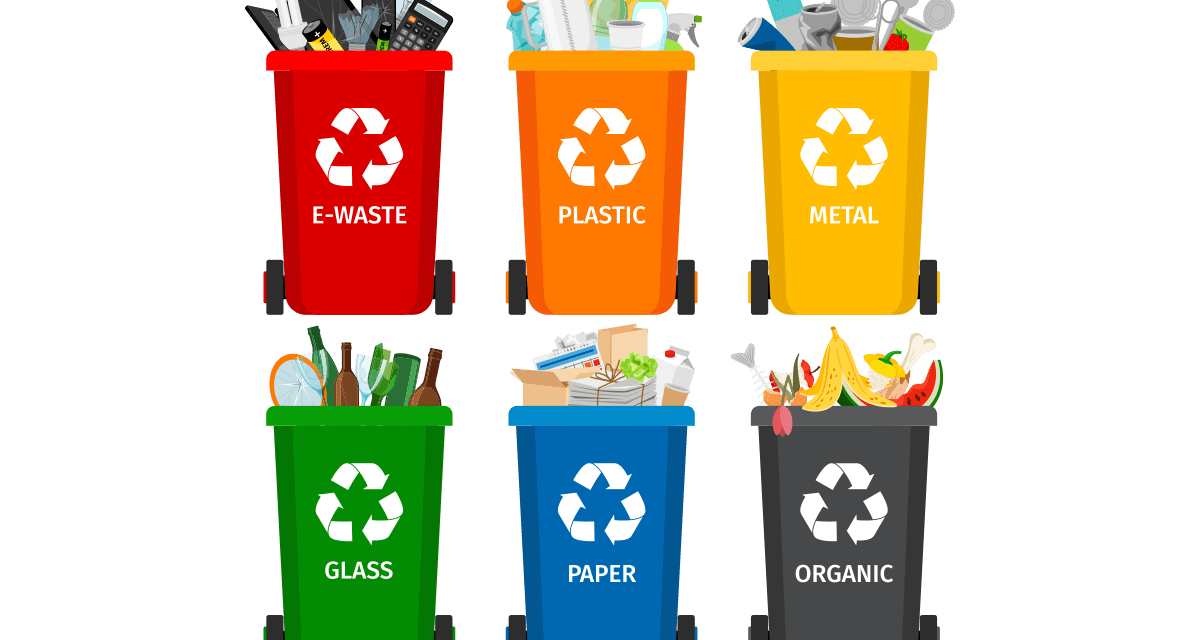Recycling and reusing have long been heralded as essential steps toward a greener and more sustainable future. But how can we maximize these actions to truly make a difference? This guide will walk you through the importance, benefits, and best practices of recycling and reusing effectively.
- The Importance of Recycling and Reusing:
- Waste Reduction: Every item recycled is one less item that goes to a landfill.
- Conservation of Resources: Recycling recovers valuable materials, reducing the need to mine or produce new raw materials.
- Energy Savings: Creating products from recycled materials usually requires less energy than producing them from new materials.
- Benefits of Recycling and Reusing:
- Environmental Protection: Recycling reduces pollution by decreasing the need to make products from scratch.
- Economic Growth: The recycling industry creates jobs and promotes local economies.
- Longevity of Landfills: Effective recycling can prolong the life of landfills, preventing overfilling and land scarcity.
- Best Practices for Effective Recycling:
- Know What’s Recyclable: Familiarize yourself with local recycling guidelines. Not everything with a recycle symbol is accepted everywhere.
- Clean and Separate: Ensure recyclables are free from food and liquid. Separate items based on local recycling rules.
- Avoid “Wishcycling”: Only recycle items you’re sure are recyclable in your area. Incorrect items can contaminate recycling streams.
- Tips for Reusing Effectively:
- Embrace Second Hand: Before buying new, consider thrift shops or second-hand markets.
- DIY and Upcycling: Transform old items into something new, like turning old T-shirts into rags or quilts.
- Bulk Buying: Reduce packaging waste by buying in bulk and using reusable containers.
- Recycling and Reusing Challenges:
- Contamination: One non-recyclable item can contaminate an entire batch of recyclables, making it unprocessable.
- Changing Markets: The demand for recyclable materials can change, affecting what is accepted for recycling.
- Mindset: Overcoming the “throwaway culture” requires a mindset shift to prioritize sustainability over convenience.
Conclusion
While recycling and reusing are integral components of sustainable living, they require informed and diligent effort to be truly effective. By understanding the best practices and potential pitfalls, we can make more impactful choices, fostering a healthier planet for generations to come.






